The latest Covid testing rules explained
Asymptomatic people will no longer need to confirm a positive lateral flow test with a PCR
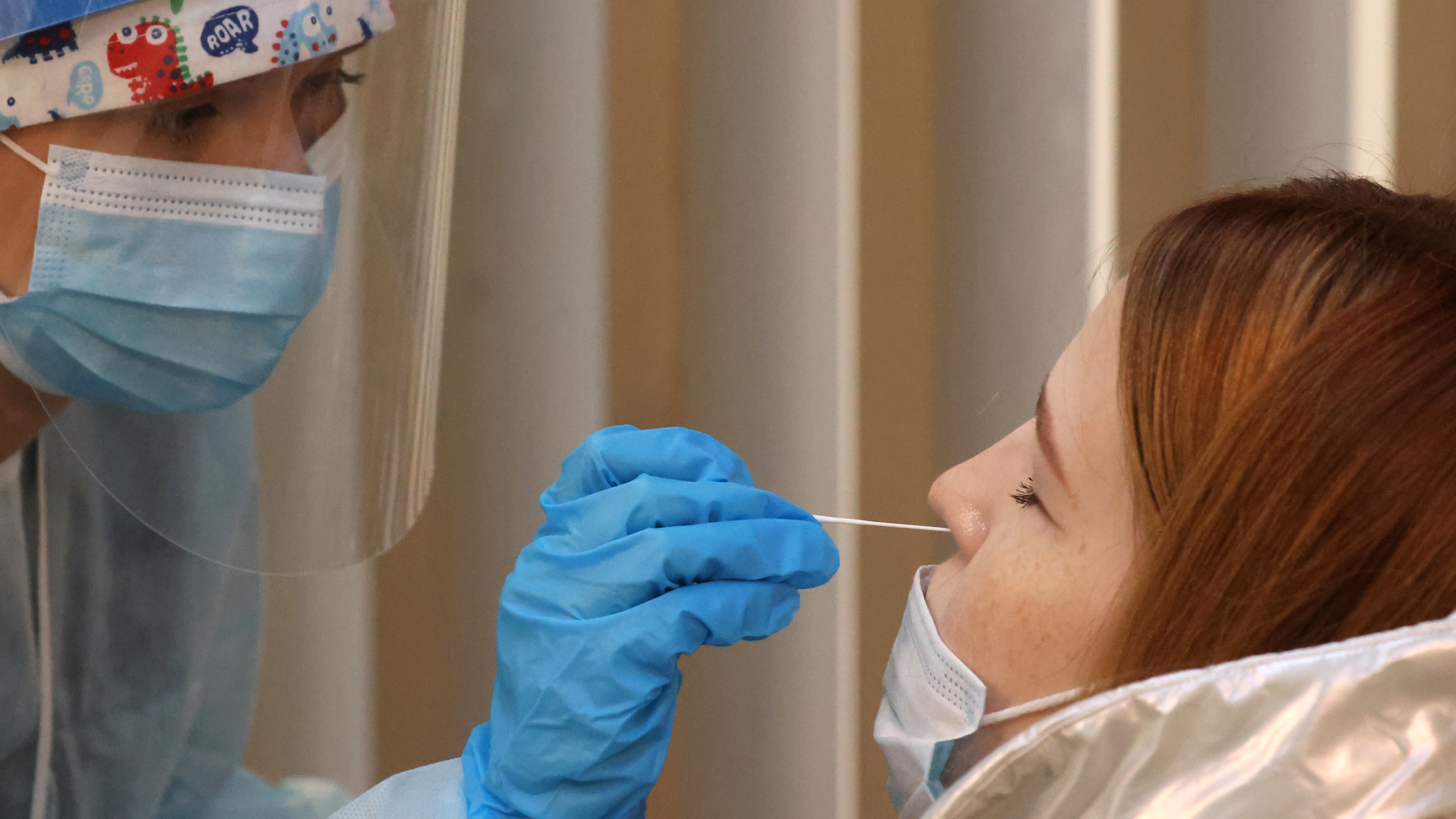
Follow-up PCR tests to confirm Covid-19 infections in asymptomatic people are being axed in a bid to shorten isolation periods and ease nationwide staffing shortages.
The UK Health Security Agency has confirmed that from 11 January, PCRs will no longer be required for anyone in England who gets a positive on a lateral flow test but has no symptoms – “said to be around 40% of those with the virus”, according to The Mirror.
These people “will still have to isolate for at least seven days, but only from the date of their positive lateral flow test”, the paper reported.
The Week
Escape your echo chamber. Get the facts behind the news, plus analysis from multiple perspectives.

Sign up for The Week's Free Newsletters
From our morning news briefing to a weekly Good News Newsletter, get the best of The Week delivered directly to your inbox.
From our morning news briefing to a weekly Good News Newsletter, get the best of The Week delivered directly to your inbox.
What are the current rules on testing and self-isolation?
Current NHS guidance for England says that people who test positive on a lateral flow test should take a PCR test and then self-isolate for a maximum of ten days if confirmed to have Covid.
PCR tests are also advised for anyone who:
- has any of the three main symptoms of Covid-19: a high temperature, a new, continuous cough, or a loss or change to sense of smell or taste
- has recorded a void LFT
- is unvaccinated and has come into close contact with someone who has tested positive for Covid. But fully vaccinated adults only need to carry out daily LFTs for seven days if a close contact has tested positive.
Last month, the government reduced the isolation period from ten days to seven days for people who test negative in two lateral flow tests taken 24 hours apart on days six and seven and who do not have symptoms or a high temperature.
A free daily email with the biggest news stories of the day – and the best features from TheWeek.com
The reduced isolation period only applies in England. In Scotland, Wales and Northern Ireland, the isolation period remains ten days.
What has changed?
Asymptomatic people will no longer have to book a follow–up PCR test under the rule change, which applies from 11 January in England and from tomorrow in Wales and Scotland.
These people will still be required to isolate for at least seven days – until they have produced two negative LFTs on days six and seven – but only from the date of their initial positive LFT test.
The change is intended to further cut isolation times for asymptomatic people, who currently have to start their isolation period from the day that they get a positive PCR result.
People with Covid symptoms will still be required to take a PCR test, regardless of whether they have taken a lateral flow test.
Ministers believe scrapping the requirement for a follow-up PCR will “help ease the burden of the current staff shortages crippling the UK”, said the i news site. The NHS, schools and refuse collection services have been “plagued by high numbers of staff absences” fuelled by the spread of the highly contagious Omicron strain and self-isolation rules.
The Telegraph said that “fears are growing that staff absences have become as big a problem as Covid itself, with bin collections delayed, trains cancelled and 17 hospitals in Greater Manchester announcing on Tuesday that they would be suspending some non-urgent surgery, with 15% of staff off sick”.
Health minister Gillian Keegan told Sky News today that “around a million people” in the UK were currently self-isolating.
The latest rule changes are expected to be “only temporary”, according to The Mirror, which reported that follow-up PCR tests were expected to be reintroduced when the “worst of the Omicron wave passes”.
“PCR tests will be restored when prevalence dips back to or below around 1%,” said the paper, which added that current levels are “thought to be 4% or more”.
-
 Trump’s poll collapse: can he stop the slide?
Trump’s poll collapse: can he stop the slide?Talking Point President who promised to ease cost-of-living has found that US economic woes can’t be solved ‘via executive fiat’
-
 Sudoku hard: December 7, 2025
Sudoku hard: December 7, 2025The daily hard sudoku puzzle from The Week
-
 Codeword: December 7, 2025
Codeword: December 7, 2025The daily codeword puzzle from The Week
-
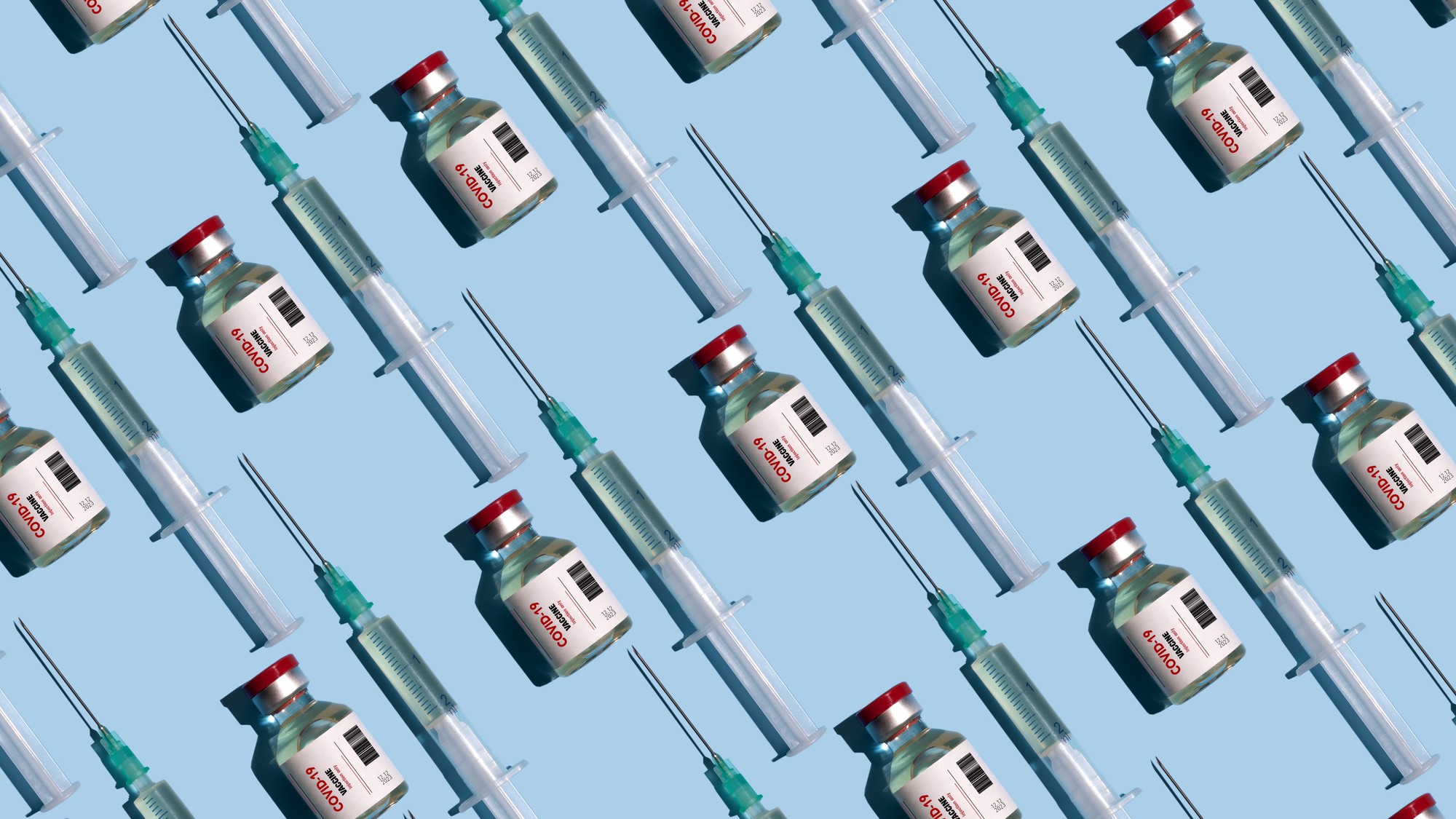 Covid-19 mRNA vaccines could help fight cancer
Covid-19 mRNA vaccines could help fight cancerUnder the radar They boost the immune system
-
 The new Stratus Covid strain – and why it’s on the rise
The new Stratus Covid strain – and why it’s on the riseThe Explainer ‘No evidence’ new variant is more dangerous or that vaccines won’t work against it, say UK health experts
-
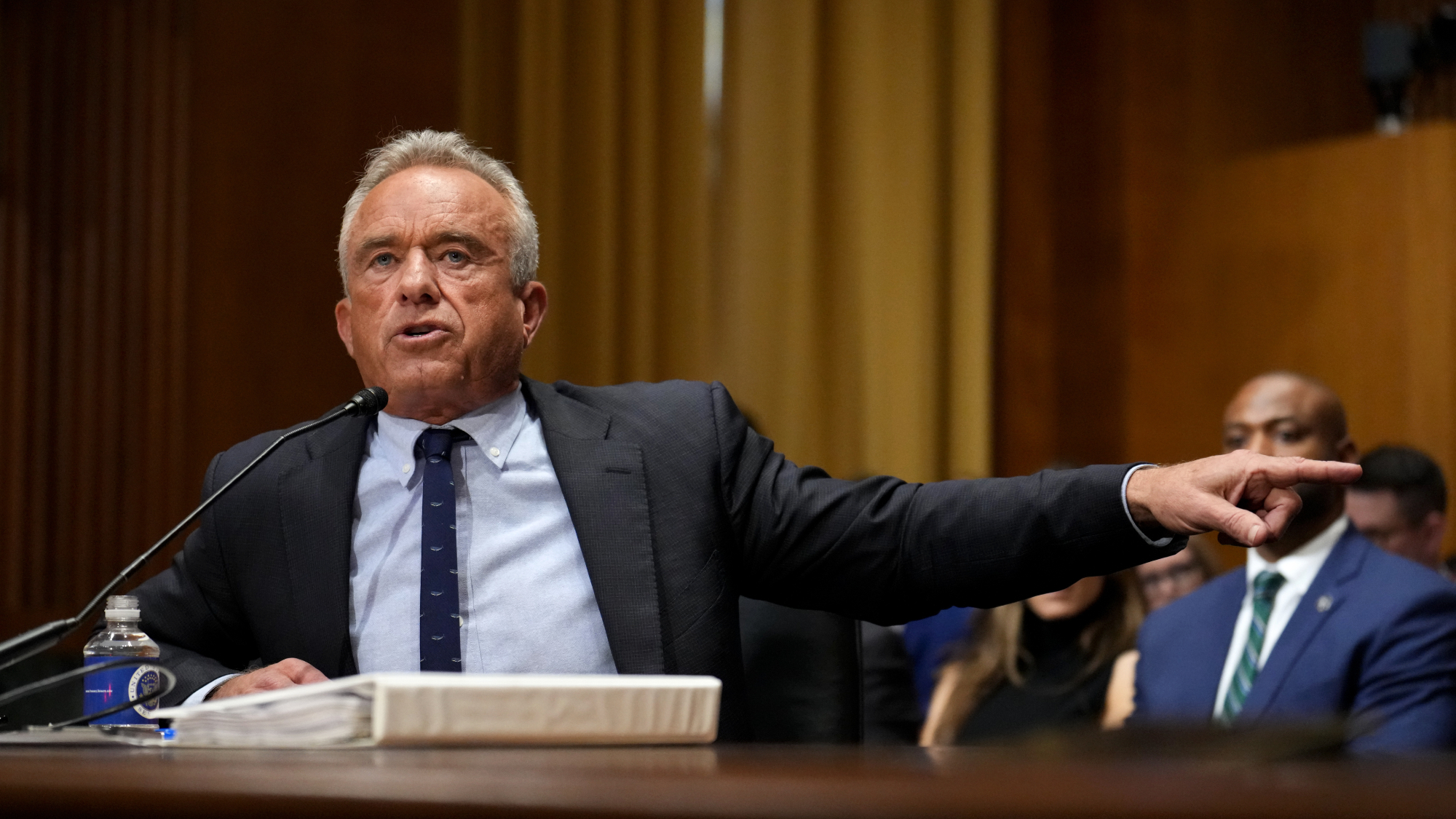 RFK Jr. vaccine panel advises restricting MMRV shot
RFK Jr. vaccine panel advises restricting MMRV shotSpeed Read The committee voted to restrict access to a childhood vaccine against chickenpox
-
 RFK Jr. scraps Covid shots for pregnant women, kids
RFK Jr. scraps Covid shots for pregnant women, kidsSpeed Read The Health Secretary announced a policy change without informing CDC officials
-
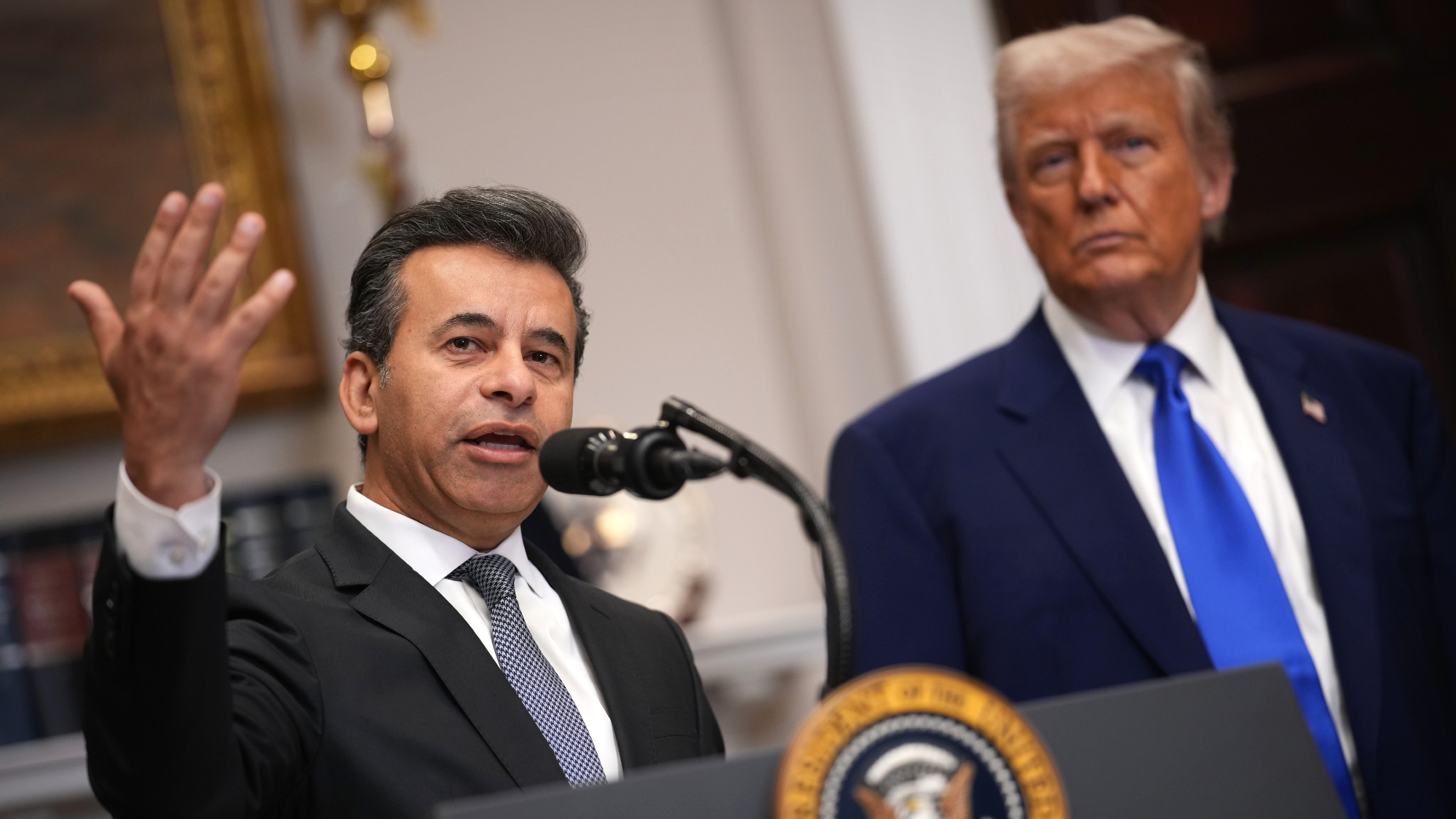 New FDA chiefs limit Covid-19 shots to elderly, sick
New FDA chiefs limit Covid-19 shots to elderly, sickspeed read The FDA set stricter approval standards for booster shots
-
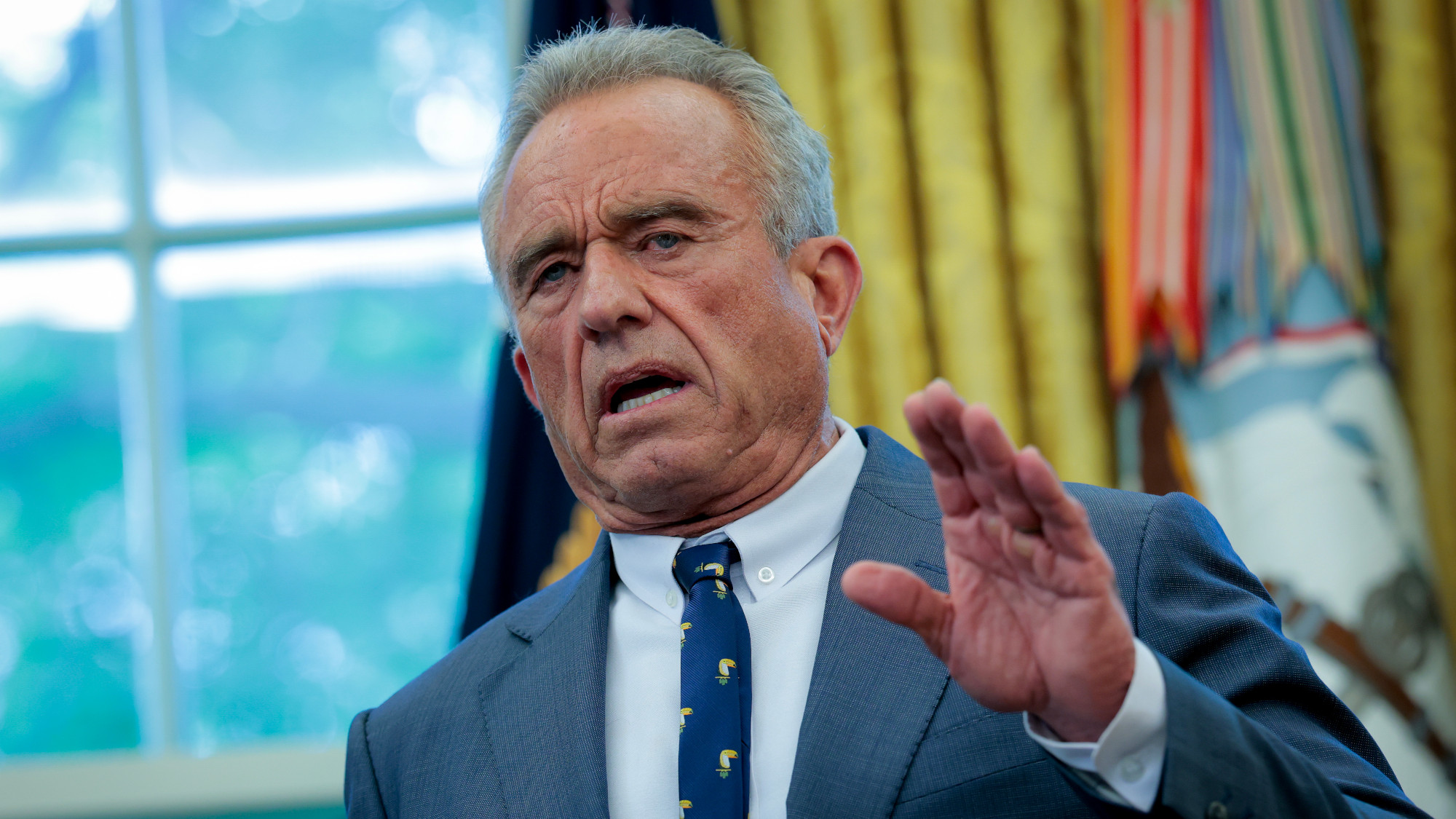 RFK Jr.: A new plan for sabotaging vaccines
RFK Jr.: A new plan for sabotaging vaccinesFeature The Health Secretary announced changes to vaccine testing and asks Americans to 'do your own research'
-
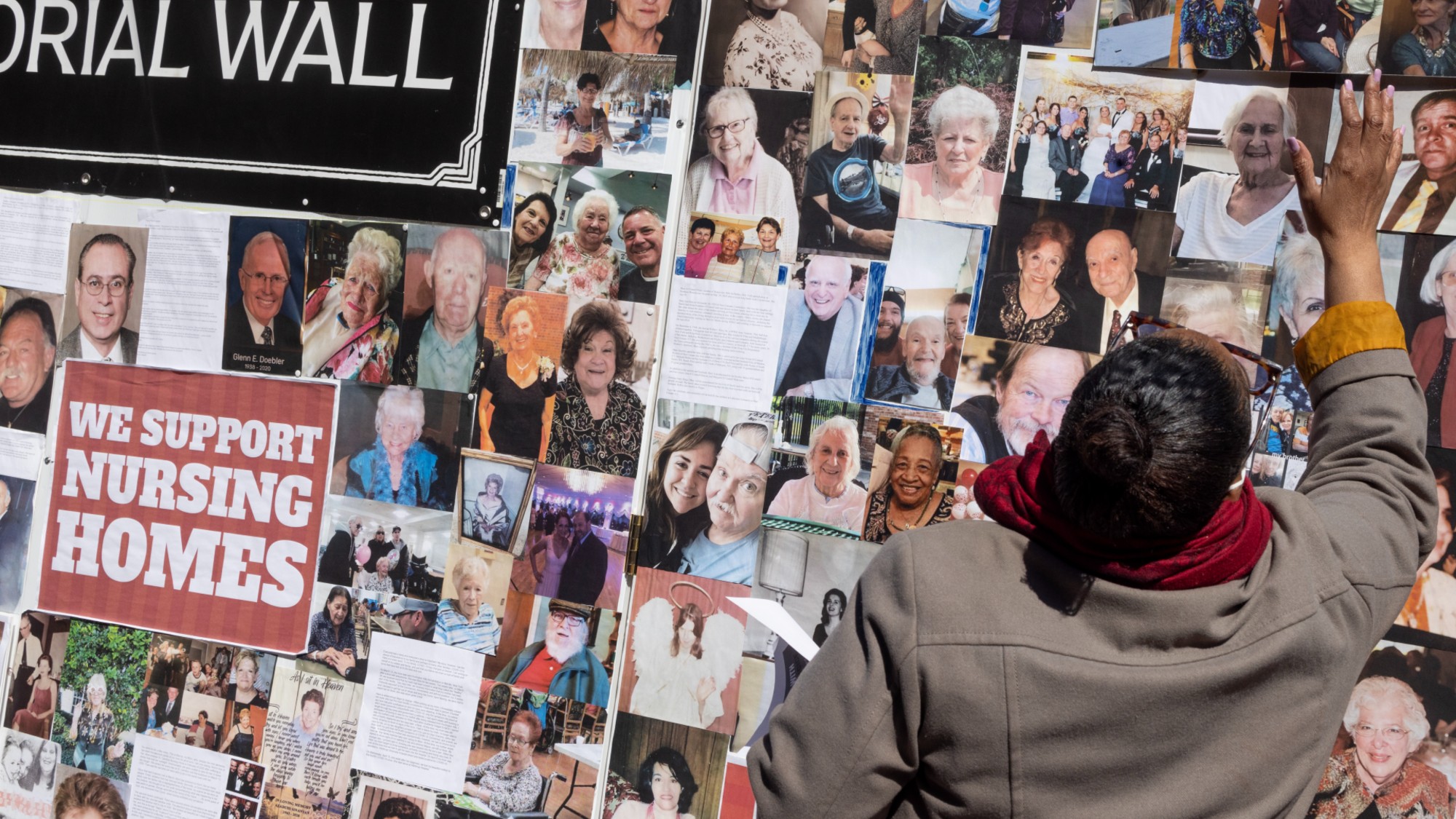 Five years on: How Covid changed everything
Five years on: How Covid changed everythingFeature We seem to have collectively forgotten Covid’s horrors, but they have completely reshaped politics
-
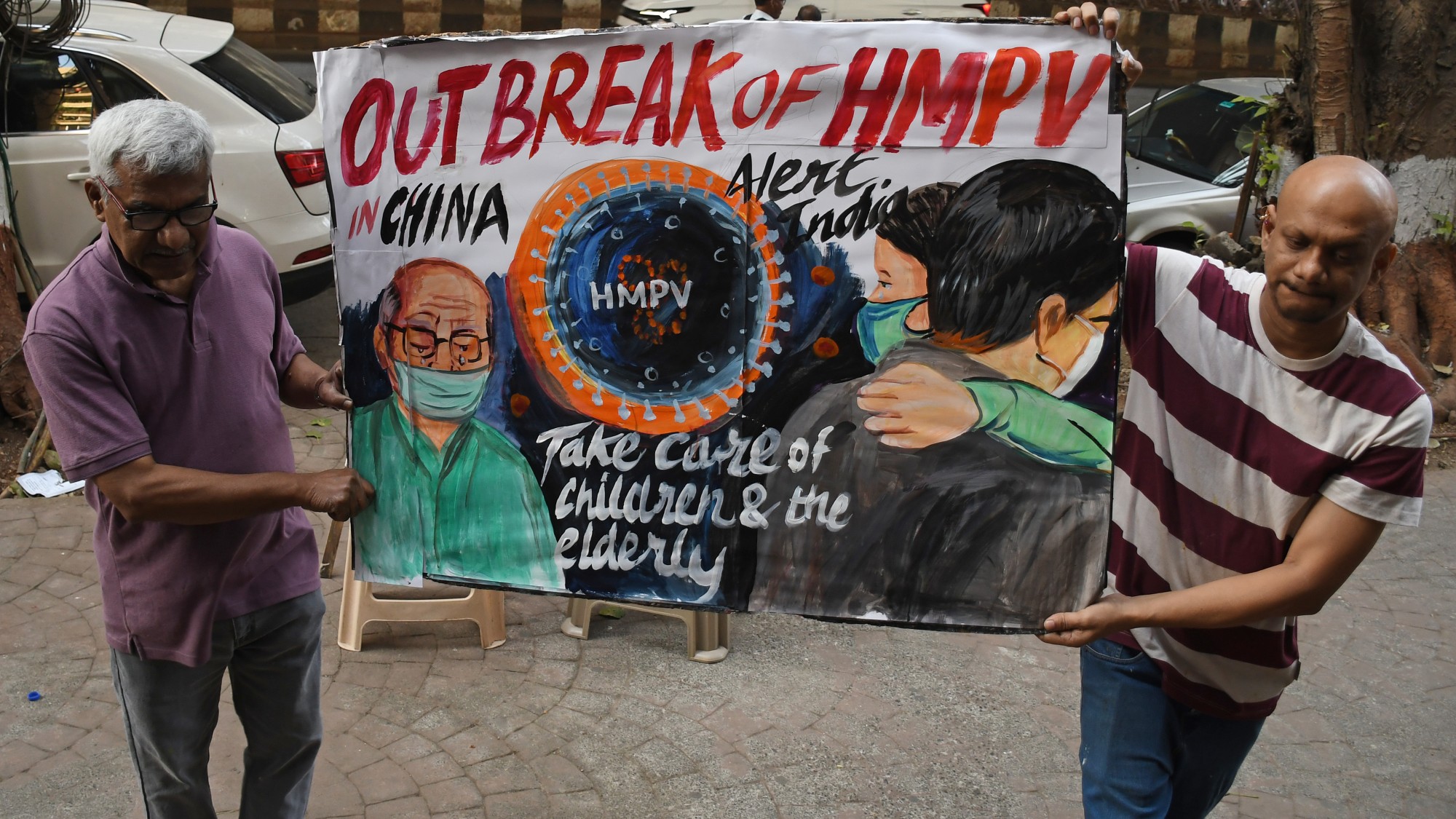 HMPV is spreading in China but there's no need to worry
HMPV is spreading in China but there's no need to worryThe Explainer Respiratory illness is common in winter